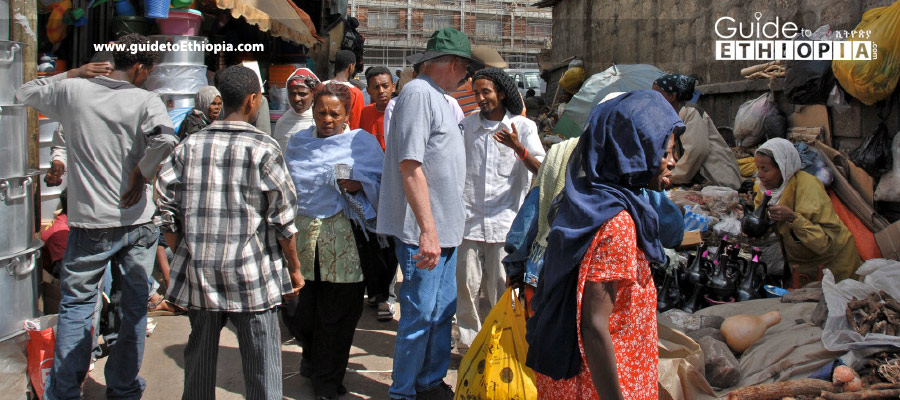
Central Market – Mercato
To the left of Churchill Avenue as you make your way up, occupying almost the entire north-western part of the city, lies the largest open market in Africa, Mercato. Dominated by the high-rising minarets of the grand Anwar Mosque, the largest in the city, Mercato has long been the heart of Ethiopian commerce. If you […]

National Museum
the national museum is located in the premises of the old house of Prince Mekonen, son of Emperor Haile Sellasie I about half way between Arat Kilo and Sidist Kilo. The centerpiece of the impressive collection of the museum is undoubtedly the 3.2 million year old australopithecine fossil Lucy (locally dubbed Dinkinesh meaning “you are amazing” […]
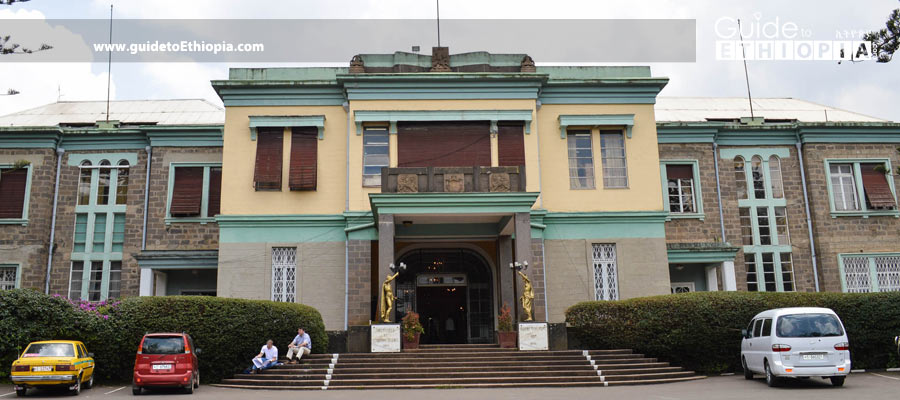
Ethnological Museum
Set within the former palace of Emperor Haile Selassie now serves as the main Administration center for Addis Abeba University the area commonly called as Sidist Kilo, the Ethnological (sometimes called the Ethnographic) Museum is part of the Institute of Ethiopian Studies. Many have described the museum as one of the best in Africa since […]
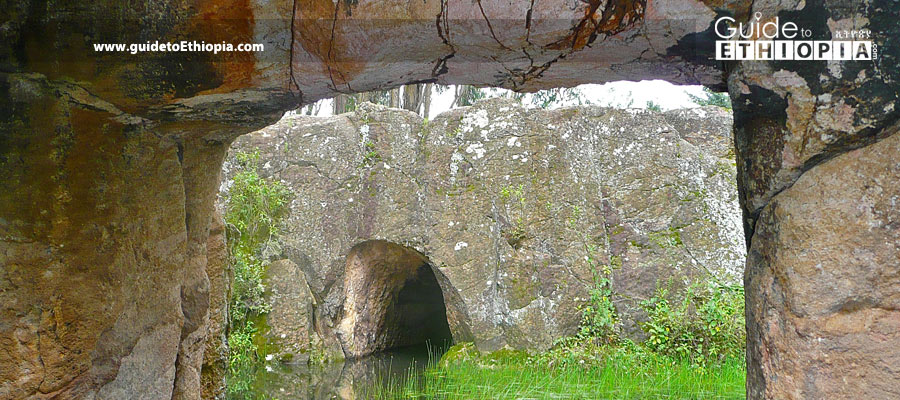
Washa Michael at Kebena
– The Washa Michael (cave of Michael) rock-hewn church is a historic church built in the late 3rd century AD in the reign of Emperor Abreha making it more than 1600 years old. To say that the church has seen better days would be an understatement.The roof has caved in due to Italian bombardment against […]

Debre Libanos
The road to Debre Libanos, one of Ethiopia’s most prominent monasteries, is the Gojam road which leads north past the Entoto hills. This is the beginning of the true gorge country for which the central highlands are known for. Breath-taking views over chasms with a depth of 2,000 ft. or more, the old monastery itself […]
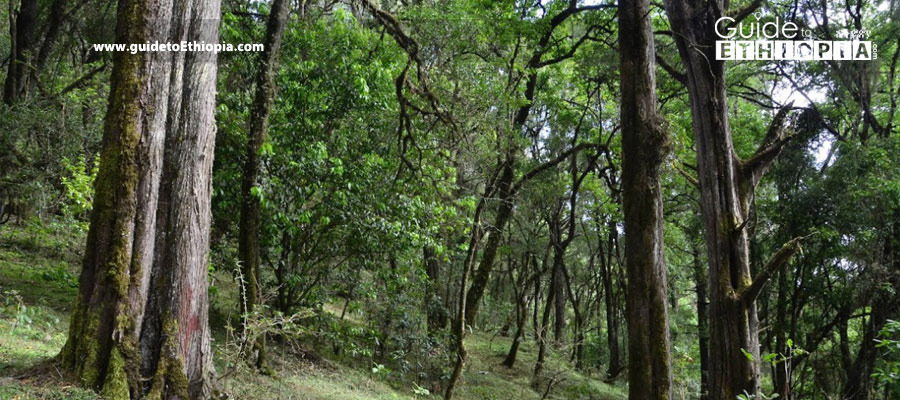
Menagesha Forest
To the west of Addis Abeba once you pass the town of Sebeta, you would see the oldest park in Africa with plantation areas, forest rich with flowers, smaller trees, birds and animals. For more on Menagesha forest please refer back the Trekking and Camping section of Adventure Tourism part of this book
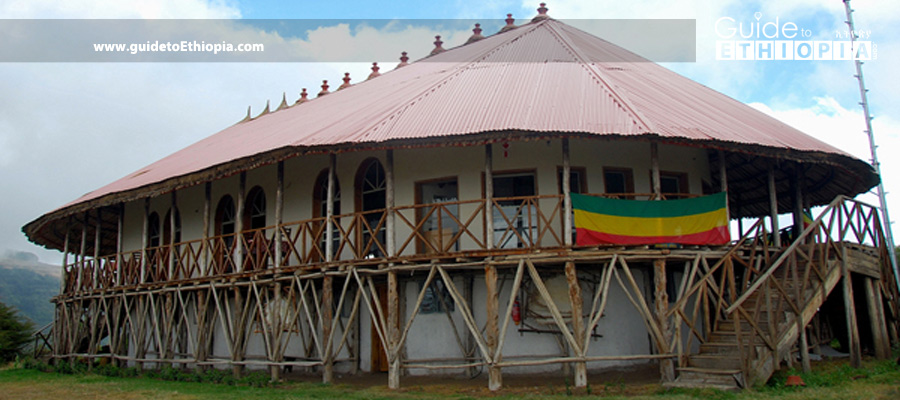
Ankober
The city of Ankober, located 42 Km east of Debre Birhan had played an important role in the country’s history as being a strategic site in the struggle between highland and lowland emperors as early as the 13th century. The fact that the city controlled most trade routes from the lowlands and from the Red […]
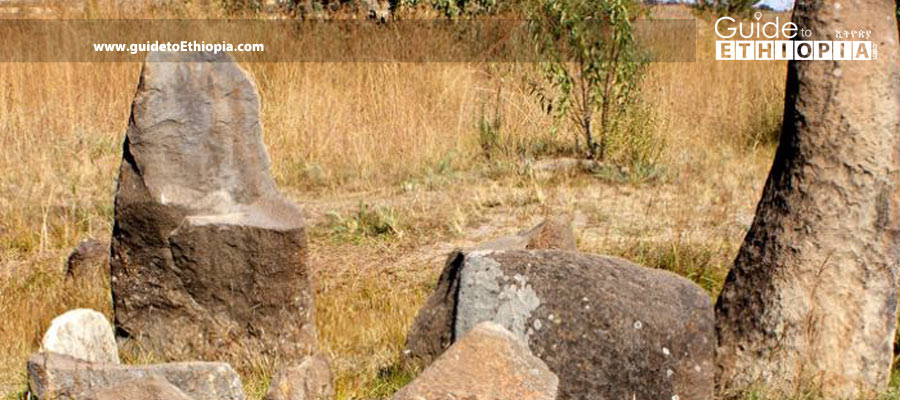
Adadi Mariam and Melka Konturé
These two sites, the former a rock hewn church and the latter a prehistoric archeological site, are to be found within about 15 Km of each other on the south western Jimma road out of Addis Abeba some 50 Km away. The Melka Konturé site was intermittently habituated from the Early Stone Age up to […]

Tiya Stelae fields
At 80 Km south of Addis Abeba and only 30 Km from Adadi Mariam, the Tiya Stelae fields are one of the most remarkable sites to see on a day trip from Addis Abeba. These mysterious field of obelisks which has been classified as a UNESCO World Heritage site in 1980 dates back to the […]
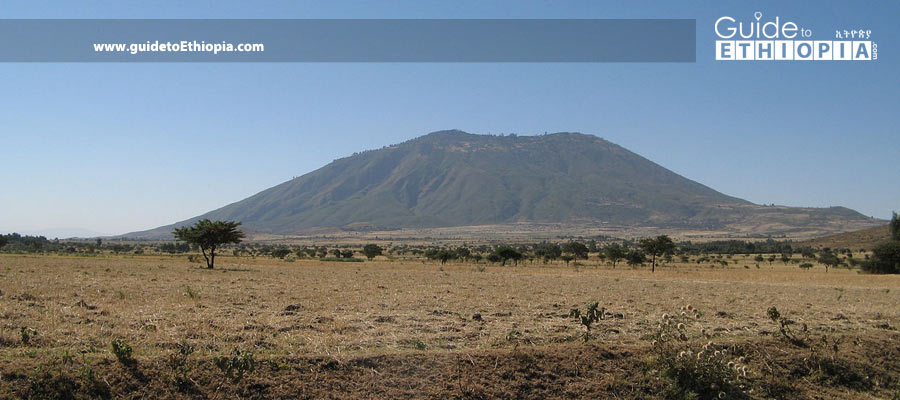
Mount Zuqualla
Towering at almost 3000 meters above sea level, this dormant volcano is crowned by a beautiful crater lake at its summit. There is a monastery by the lake, Zuqualla Mariam, which was reputedly founded in the 4th century by St. Gebre Menfes Kidus or Abo. Abo celebrations take place on the 15th of October and […]
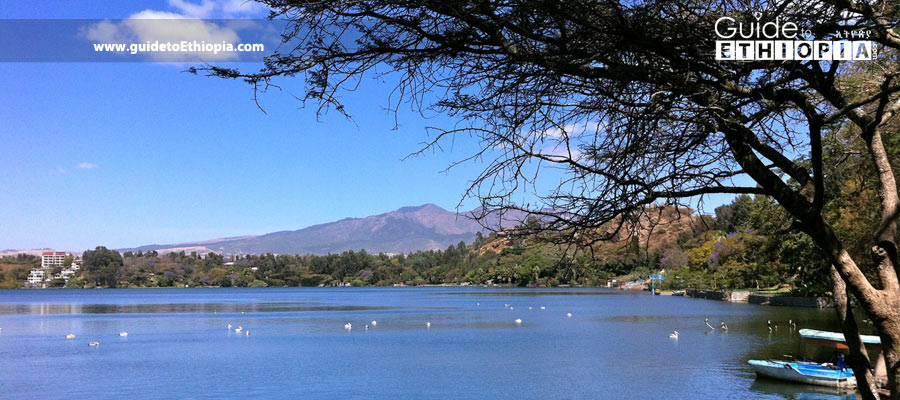
Bishoftu (Debre Zeit)
Named Debre Zeit (Mount of Olives) by Emperor Haile Selassie in 1955, this scenic town reverted to its original Oromo name, Bishoftu, in 1990. The main attractions of Bishoftu, only a 40 Km drive from Addis, the small town of Debre Zeit is a great short drive away providing simple enjoyment. The town is built […]
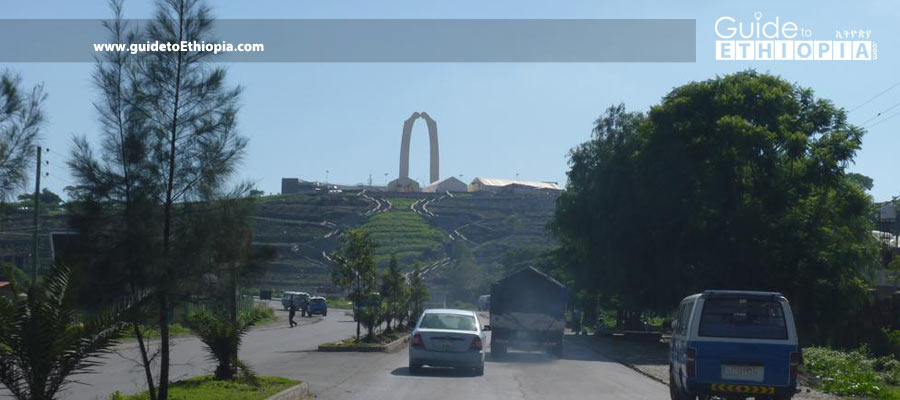
Adama (Nazareth)
The busy city of Adama (known as Nazareth until the end of the 90’s) is the third largest in the country and serves as a popular getaway destination for multitudes who want an alternative weekend to Addis Abeba, which is a 100 Km east of Addis Abeba, at the edge of the rift valley. The […]
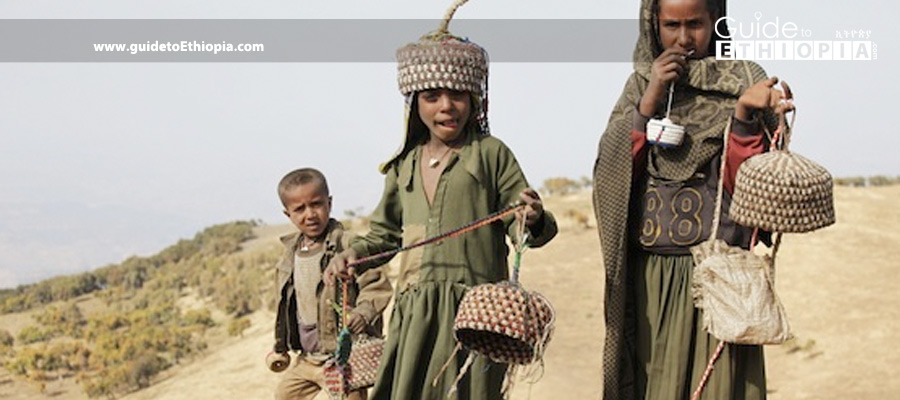
Amhara
Covering an area of 157,076 square Km, which is equivalent to 15% of the total landmass of Ethiopia, the Amhara Regional State is home to more than 17 million inhabitants (according to a 2010 census) a vast majority of whom (about 90%) are members of the Amhara ethnic group. Amhara Regional State has remained the […]

Bahir Dar
The picturesque capital of the Amhara region, Bahir Dar, has for too long lived in the shadow of its more renowned neighbor, Gondar, but it has now started to get the recognition and attention it deserves as the historic and vital city linking the Lake Tana region to the rest of the country. The 560 […]
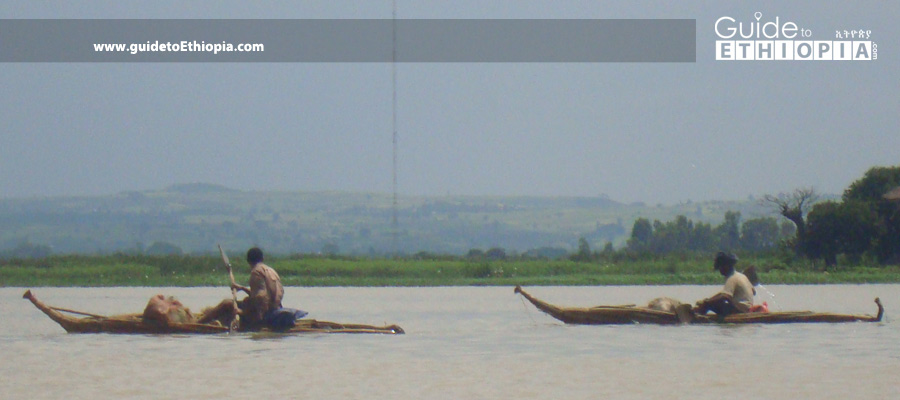
Lake Tana
Lake Tana is the largest lake in Ethiopia and third largest in Africa, spanning an area of more than 3500 square Km. This highland lake set at an altitude of 1800 meters above sea level was formed by a volcanic eruption and is the main source of the Blue Nile and hosts several species of […]

Recent Comments